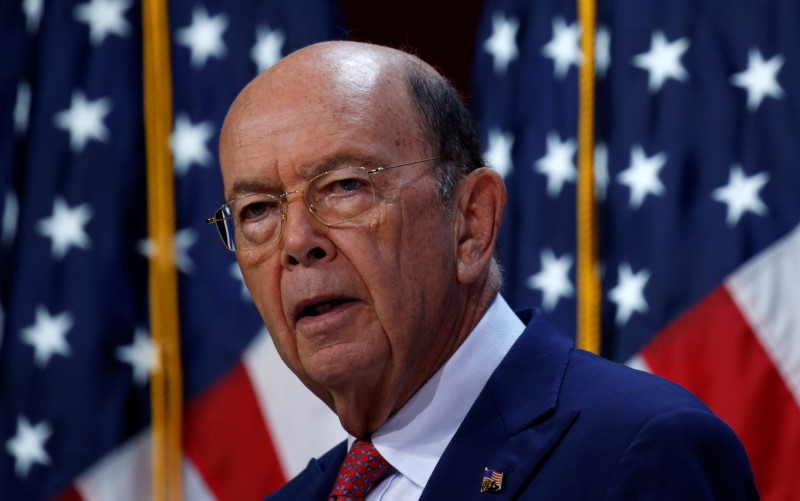- US Commerce Secretary Wilbur Ross claims the US was running a trade surplus with Mexico “every year” before the North American Free Trade Agreement came into effect. But data from the US Census, which is part of the Commerce Department, indicates that is not true. The US actually had a trade deficit with Mexico during several years before the agreement was implemented. Since 1995, the US has had a trade deficit with Mexico. It has grown over the years, and it has been greater in the post-NAFTA era than in the pre-NAFTA era.
NEW YORK – US Commerce Secretary Wilbur Ross claims the US was running a trade surplus with Mexico “every year” before the North American Free Trade Agreement came into effect. The Commerce Department’s own data shows that isn’t true.
“Before NAFTA came into effect, every year the US had a trade surplus with Mexico, generally ranging between $4 and $5 billion a year,” he said, speaking from the White House through Skype at a lunch sponsored by the Swedish-American Chamber of Commerce on Tuesday.
“Guess what our cumulative deficit with Mexico is post-NAFTA?” he continued, “One trillion dollars – with a ‘T.’ One trillion dollars. That’s way too much.”
The Trump administration has made re-negotiating NAFTA a priority. President Donald Trump has long argued that the trade agreement is a lopsided deal, highlighting the US' roughly $60 billion trade deficit with Mexico in 2016. In basic terms, a trade deficit means the US is buying more from Mexico than it sells back to the country. To Trump, and his surrogates, it is a sign that NAFTA benefits Mexico more than it does the US. Some economists argue that this is a misread of the data and changing the agreement wouldn't monumentally reduce the US' overall trade deficit, anyway. Moreover, data from the US Census (which is part of the Commerce Department) show that the US was consistently running trade deficits with Mexico before NAFTA came into effect - including every year from 1985 to 1990. The US did have a trade surplus with Mexico in the three years immediately before NAFTA - 1991, 1992, 1993 - and also in 1994 when NAFTA was implemented.In other words, Ross would be right if he didn't claim "every year." We reached out to the Commerce Department for comment on this story, but have not heard back.
Since 1995, the US has had a trade deficit with Mexico. It has grown over the years, and it has been greater in the post-NAFTA era than in the pre-NAFTA era.
Bank of America Merrill Lynch's Carlos Capistran and Ethan S. Harris shared a chart in a recent report to clients comparing the 12-month rolling average for the US trade balance with the world and with Canada and Mexico, its NAFTA partners.

The US's trade deficit with the two NAFTA countries is less than 10% of its total trade deficit, and most of the increase in the total deficit actually came several years after the trade agreement was implemented.
"Most economists agree that trade deficits are the result of saving and investment decisions rather than trade agreements," Capistran and Harris said, adding: "In particular, trade deficits are financed by net capital inflows. Capital flows into the US are strong because of low private savings and large budget deficits in the US and elevated savings in China and other EM economies."
Notably, the economists added, nearly half of the US's trade deficit is with China even without any agreement regulating trade between the two countries.

